Mini Review
Volume 3 Issue 5 - 2018
Sports, Trauma & Dentistry
Assistant Professor, Department of Public Health Dentistry, Rajas Dental College & Hospital, Tirunelveli, Tamil Nadu, India
*Corresponding Author: Vinej Somaraj, Assistant Professor, Department of Public Health Dentistry, Rajas Dental College & Hospital, Tirunelveli, Tamil Nadu, India.
Received: September 07, 2018; Published: September 18, 2018
Abstract
Trauma to the dental hard and soft tissues is an inseparable link between sports and dentistry. Involving in sports around the globe is a major recreational activity for all age groups. As sporting events may lead to oral as well as maxillofacial injuries, sports and dentistry go hand in hand. Sports dentistry is an integral branch in dentistry which deals with the prevention as well as treatment of traumas that arises. Injuries and diseases of the oral and maxillofacial region are what sports dentist focuses on. Sports dentist is one who plays a pivotal role in diagnosis, management and prevention of traumas and diseases related to sports.
Keywords: Dental Trauma; Dentist; Dentistry; Mouth Guards; Sports
Introduction
As a branch of dentistry, Sports Dentistry deals with the prevention and treatment of traumas in the oral and maxillofacial region. Sports Dentistry is an interdisciplinary approach involving various specialities like endodontics, orthodontics, prosthodontics and oral maxillofacial surgery. The interaction of all these ensures a comprehensive care for sports personals as they are exposed to various traumatic injuries like tooth avulsion, soft tissue laceration, concussion and fractures to the oro-facial region. [1] Lifestyle and physical activity are greatly interrelated to one another. [2] Though sports (Basketball, Baseball, Cricket, Hockey, Boxing, Football, Martial Arts, Wrestling, Weightlifting) are a form of recreational or activity of an individual it can lead to injury or disability. [3,4]
Participating in sports puts one at risk of injuries or trauma to the dento-facial and maxillofacial region. [5] Studies show that nearly 10% of the sports injuries occur in the maxillofacial region. [6] Men are more prone to sports injuries as compared to women and among the dental hard tissues, maxillary central incisors are the most commonly affected tooth. [7]
Sports Injuries
Common dental traumatic injuries that happen during sports include:
Common dental traumatic injuries that happen during sports include:
- Avulsion: Children especially boys are more prone to this traumatic injury in which the tooth is completely or partially knocked out from the alveolar socket.
- Bone Fractures: The zygomatic bone is the most commonly fractured in contact sports, followed by the mandibular bone.
- Luxation: The tooth either intrudes or extrudes from the alveolar socket or displaces laterally but does not come out of the socket completely (Figure 1).
- Soft Tissue Injuries: Abrasions, contusions and lacerations of soft tissues of the oral maxillofacial region are common during contact sports.
- Temporomandibular Joint (TMJ) Injuries: TMJ dislocation and TMJ disc compression are frequent in sports which may lead to malocclusion or ankylosis of TMJ.
- Tooth Fracture: Of the sports traumatic injuries, tooth fracture is the common one. The tooth can either split into half or get fragmented (Figure 2).
- Tooth Intrusion: Intrusion of the tooth axially following trauma leads to necrosis of the same.
- Tooth Wear: Tooth wear or tooth substance loss is a common problem as sports personals are at high risk of dental erosion.
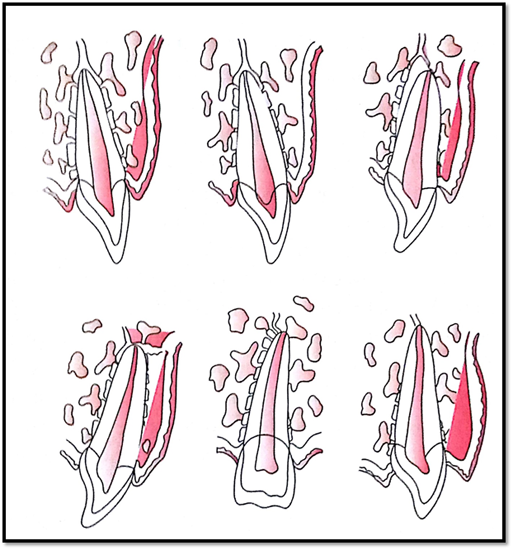
Figure 1: Luxation Injuries – Concussion, Subluxtion, Intrusive Luxation, Extrusive Luxation and Lateral Luxation (Source: Muthu MS & Sivakumar N. Pediatric Dentistry: Principles & Practice. 2nd Edition. New Delhi: Elsevier; 2011).
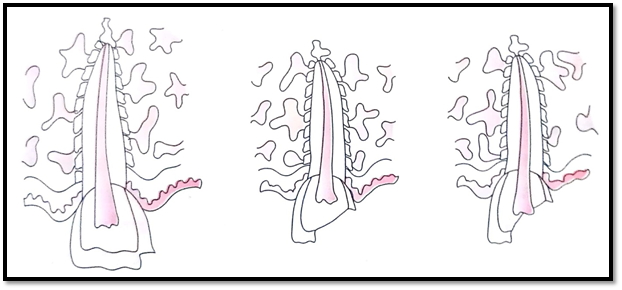
Figure 2: Crown Fractures showing fracture of enamel; enamel and dentin; and
enamel, dentin with pulp involvement (Source: Muthu MS & Sivakumar N. Pediatric
Dentistry: Principles & Practice. 2nd Edition. New Delhi: Elsevier; 2011.)
Sports Trauma Prevention
Prevention is the cornerstone in the management of sports injuries as almost all sports-related injuries are preventable. The identification of possible risk factors for dental trauma from sports is the most important step in prevention. With the advances in diagnosis and technology, new improved personalized protective devices are available to prevent sports-related traumatic injuries. Some of the protective devices for the maxillofacial region included helmets (Figure 3), facemasks and mouth guards.
Prevention is the cornerstone in the management of sports injuries as almost all sports-related injuries are preventable. The identification of possible risk factors for dental trauma from sports is the most important step in prevention. With the advances in diagnosis and technology, new improved personalized protective devices are available to prevent sports-related traumatic injuries. Some of the protective devices for the maxillofacial region included helmets (Figure 3), facemasks and mouth guards.
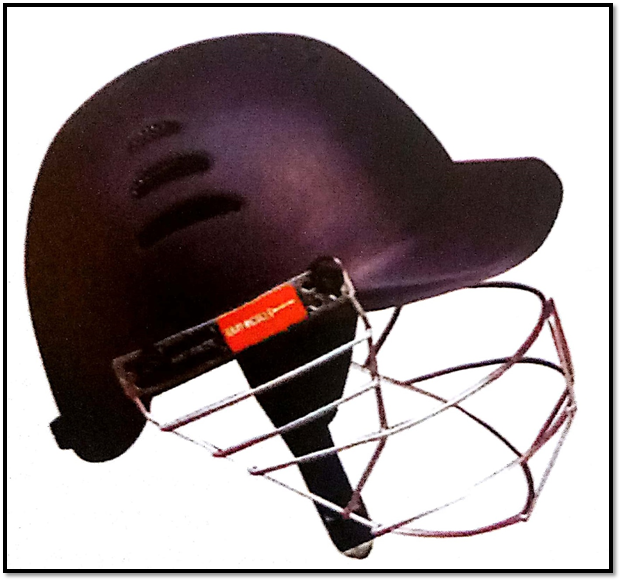
Figure 3: Helmets (Source: Muthu MS & Sivakumar N. Pediatric Dentistry:
Principles & Practice. 2nd Edition. New Delhi: Elsevier; 2011).
The American Academy of Pediatric Dentistry (AAPD), Academy for Sports Dentistry (ASD) and International Association of Dental Traumatology (IADT) emphasizes the importance of sports injuries and trauma and advises for the prevention of the same by bringing up a policy to regulate sports injuries.
Helmets are designed to protect the scalp, bones of the skull and the central nervous system. Helmets act as a barrier and provide a cushion to the skull bones during sports. Facemasks protect the facial region – Forehead, Zygoma, Maxilla and Mandible. Facemasks can be attached to helmets and act as a synergistic protection barrier for the zygomatic bone and maxilla. [8,9]
The Academy for Sports Dentistry (ASD) recommends the use of properly fitted mouthguards for all sports personals involved in collision and contact sports. [10] The American Society for Testing and Materials (ASTM) classifies mouth guards used as:
- Type I: Custom-Fabricated Mouthguards (Figure 4 a & b)
- Type II: Mouth-Formed or Boil-And-Bite Mouthguards
- Type III: Stock Mouthguards [11]
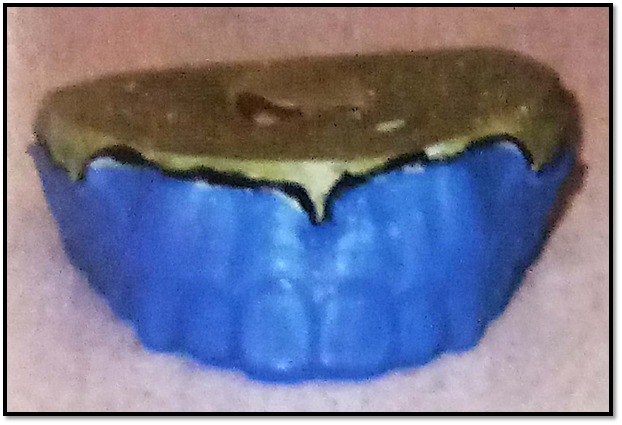
Figure 4a: Custom Fabricated Mouthguards (Source:
Muthu MS & Sivakumar N. Pediatric Dentistry: Principles &
Practice. 2nd Edition. New Delhi: Elsevier; 2011).
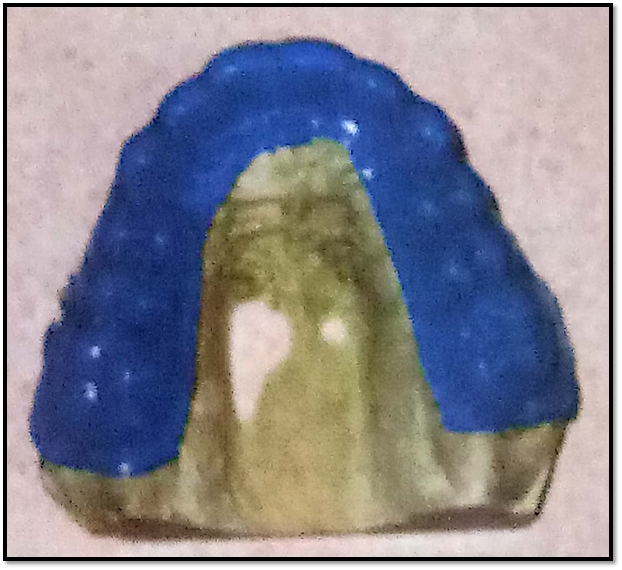
Figure 4b: Custom Fabricated Mouthguards (Source:
Muthu MS & Sivakumar N. Pediatric Dentistry: Principles &
Practice. 2nd Edition. New Delhi: Elsevier; 2011).
Sports Team Dentist
The American Academy of Pediatric Dentistry (AAPD) encourages the active role of the dentist in the education of public pertaining to oro-facial injuries and use of protective devices. Dentists of all specialities should involve in the education of parents, public and sports personals related to sports trauma and their prevention. [12] American Society for Testing and Materials (ASTM) mandates the use of custom fabricated mouthguards to be used under the supervision of dentists.
The American Academy of Pediatric Dentistry (AAPD) encourages the active role of the dentist in the education of public pertaining to oro-facial injuries and use of protective devices. Dentists of all specialities should involve in the education of parents, public and sports personals related to sports trauma and their prevention. [12] American Society for Testing and Materials (ASTM) mandates the use of custom fabricated mouthguards to be used under the supervision of dentists.
A dentist should be a part of a sports team as they can provide specific knowledge, training and treatment for traumatic injuries related to each sport. Responsibilities of a Sports Team Dentists include:
- Providing complete dental coverage of all sports personals in the team.
- Educating sports personals in terms of sports dentistry.
- Develop preventive measures for the sports personals.
- Conducting research in the field of sports dentistry.
- Continued education of sports dentist
- Prevention of drug abuse and its ill effects on the maxillofacial region, oral health and general health.
Conclusion
Sports Dentistry is a broad speciality of dentistry which encompasses various specialities of dentistry. It is a collaboration of various specialities of dentistry which provides comprehensive treatment as well as prevention of sports-related injuries and trauma. Sports Team Dentist interacts not only interacts with sports personals but also with the parents, teachers, medical professionals and trainers to provide complete oral health care coverage. Sports Team Dentist has a moral obligation to the society so it is his/her responsibility that the public is aware of sports-related injuries and the use of protection devices.
References
- Andresean JO and Andresean FM. Textbook of Color Atlas of Traumatic Injuries to the Teeth. 3rd ed. Copenhagen: Munksgaard; (1994).
- Bijur PE., et al. “Sports and recreation injuries in US children and adolescents”. Archives of Pediatrics and Adolescent Medicine 149.9 (1995): 1009-1016.
- Newsome PR., et al. “The role of the mouthguard in the prevention of sports-related dental injuries: A review”. International Journal of Paediatric Dentistry 11.6 (2001): 396-404.
- Padilla R and Balikov S. “Sports dentistry: Coming of age in the '90s”. Journal of the California Dental Association 21.4 (1993): 27-34, 36-7.
- Camp J. “Emergency dealing with sports-related dental trauma”. The Journal of the American Dental Association 127.6 (1996): 812-815.
- Andreasen JO and Ravn JJ. “Epidemiology of traumatic dental injuries to primary and permanent teeth in a Danish population sample”. International Journal of Oral Surgery 1.5 (1972): 235-239.
- Meadow D., et al. “Oral trauma in children”. Pediatric Dentistry 6.4 (1994): 248-251.
- Watterson JS. “Inventing modern football”. Am Herit 39 (1988): 113.
- Creative Services Division. National Football League Properties, Inc. In: Bill B, editor. The Official NFL Encyclopedia of Pro Football. New York: New American Library; (1985): 7-16.
- Academy for Sports Dentistry. Position statement: Mouth-guard mandates. 2010. (2018).
- American Society for Testing and Materials. Standard practice for care and use of athletic mouth protectors. ASTM F697-00. Philadelphia, Pa: American Society for Testing and Materials; Reapproved (2006).
- American Dental Association and Academy for Sports Dentistry. Protect Your Smile with a Mouthguard; (1999).
Citation:
Vinej Somaraj. “Sports, Trauma & Dentistry”. Oral Health and Dentistry 3.5 (2018): 732-736.
Copyright: © 2018 Vinej Somaraj. This is an open-access article distributed under the terms of the Creative Commons Attribution License, which permits unrestricted use, distribution, and reproduction in any medium, provided the original author and source are credited.



































 Scientia Ricerca is licensed and content of this site is available under a Creative Commons Attribution 4.0 International License.
Scientia Ricerca is licensed and content of this site is available under a Creative Commons Attribution 4.0 International License.